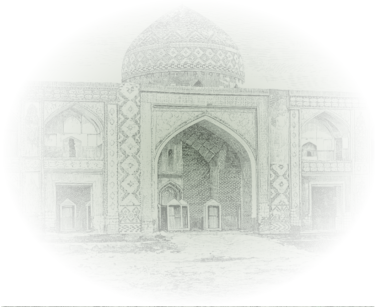Jighin was a village in the territory of the Iravan uezd of the former Iravan governorate, later in the former Vedi (Ararat) district, and present-day Ararat province. It was located near the Jighin River in the Jighin valley. The name of the village was noted as “Jigin” in “The Iravan Province Comprehensive Data Book” compiled in 1590 and “Jegin”, “Jagin” in “The Iravan Province Review Book” dated 1728, and marked as “Jighin Garagoyunlu” on the five-verst map of the Caucasus, as “Gol Jighin” in Z. Gorgodian’s work.
The village was inhabited by 178 Azerbaijanis in 1831, 160 in 1873, 210 in 1886, 238 in 1897, 559 in 1904 and 561 Azerbaijanis in 1914. The Azerbaijanis were attacked, massacred or expelled from the village by Armenian armed units in 1918. Only after the establishment of Soviet power in present-day Armenia, the Azerbaijanis who survived managed to return to their ancestral lands. The village was inhabited by 54 Azerbaijanis in 1922, 92 in 1926, and 135 Azerbaijanis in 1931. In accordance with the decision of the USSR Council of Ministers “On On the resettlement of collective farmers and other Azerbaijani population from Armenian SSR to the Kur-Araz lowlands of the Azerbaijan SSR” dated 23 December 1947, the Azerbaijanis were forcibly deported to Azerbaijan. The village was abolished in 1950. At present, the village is in ruins.
The toponym was coined on the basis of the name of the “Jigini” tribe of the Gashgais.
